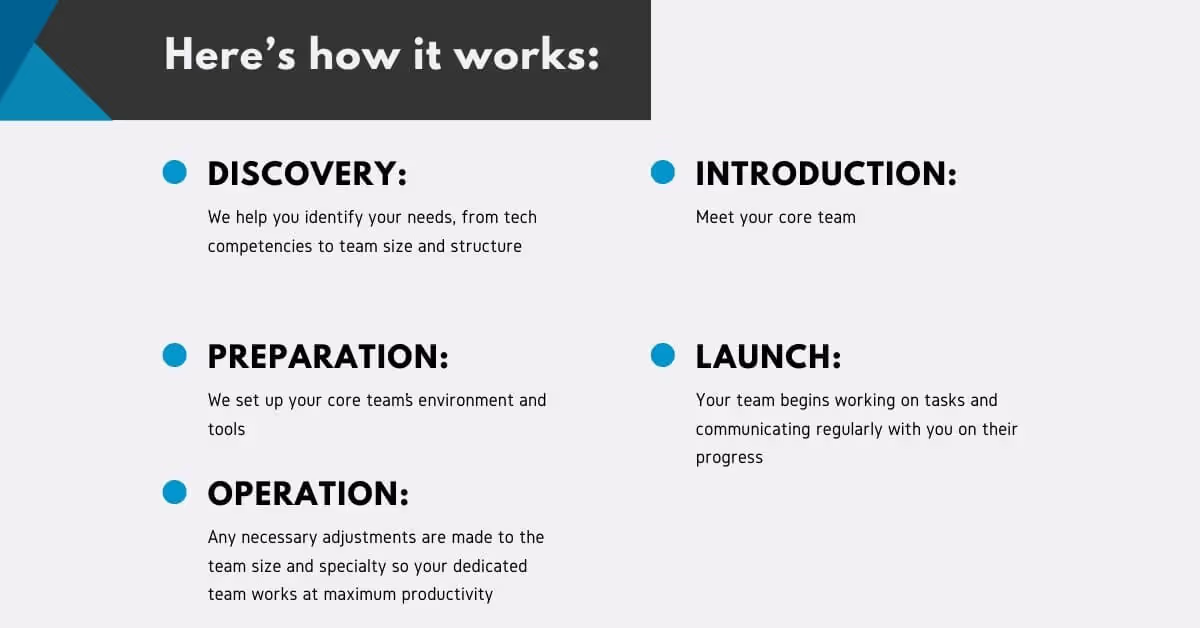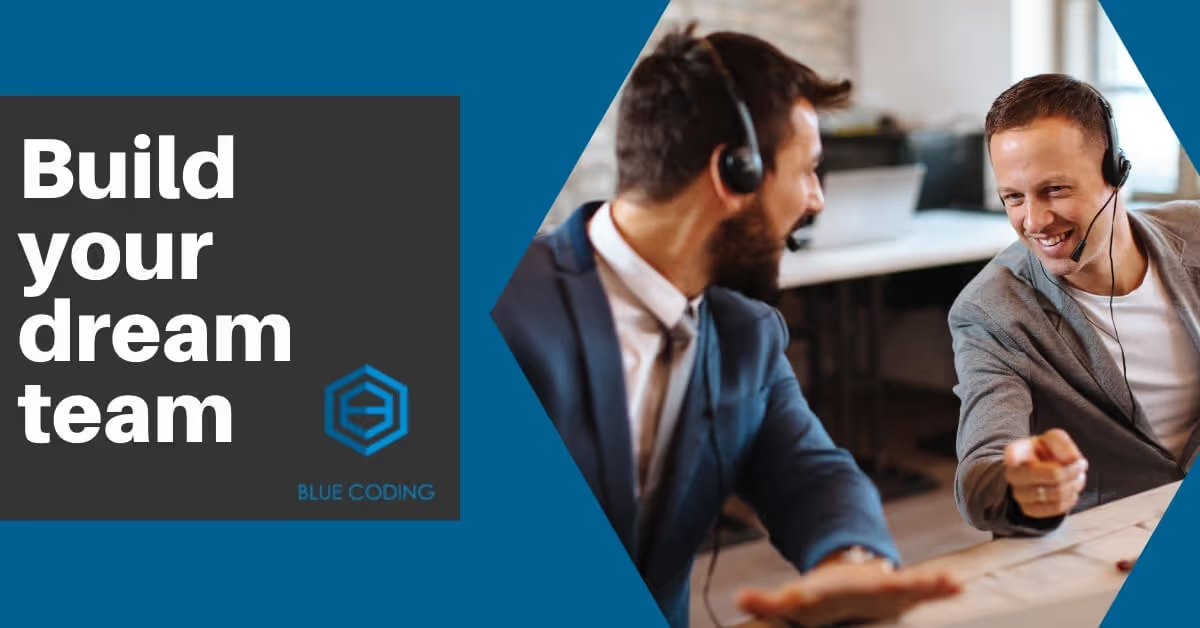One question: Who’s the most important player in your organization’s success?
The CEO? Nope.
The customer success manager? We’re getting closer.
The customer? Spot on.}
And not just the customer but the entire customer success journey map.
Today, your marketing efforts and customer success software mean nothing if you’re not in tune with your customer base.
Fact: Cross-selling becomes much more challenging if your customer experience doesn’t result in maximum customer retention.
So, what’s the solution?
Focus on customer success.
Customer success is achieved when your customers attain the desired outcome due to their interactions with your organization.
There are two aspects of this definition to pay close attention to:
Did you know? Customer education and engaging product tours are but a few effective engagement strategies to ensure a high customer health score. We’re not stopping there.
Here are three customer success best practices you need to implement today.

Customer success needs to be an overarching goal for everyone in your company.
Every employee needs to recognize their role in ensuring customers achieve their desired outcomes.
In fact, let’s turn that into a question for everyone in the company to answer:
“How do you contribute to the desired outcome of our customers?”
By “everyone,” we mean all the departments from product to sales, marketing, and human resources. But if you really want to thrive in this goal — establishing a customer success team should be your top priority.
And this is no ordinary group of employees.
Remember your quota-carrying employees? They have a clearly-defined goal to close deals.
But when it comes to the customer success team, we see more of a grey area.
If customer success managers don’t drive revenue and improve KPIs, how do we gauge their contribution to the organization’s sales?
Start With Why.
Not any why but Start with WHY, by Simon Sinek

In the book, Simon delves deeper into his acclaimed organizational tool, the Golden Circle.
Watch him explain how this principle works in his famous Ted talk, How Leaders Inspire Action.
This is a simple yet powerful tool for going beyond the surface of your everyday operations. It’s peeling back the layers and asking yourself as a company, “Why do we do what we do the way we do it?”
Only after asking this question will your team draw out their own purpose from the larger organizational purpose.
Here’s the bottom line: a customer success team strives to ensure every customer sees faster growth through better relationships.
And what does this mean for your company?
Long-standing customer relationships and more opportunities to upsell throughout the customer journey.

It’s no secret: customer success is only present in companies that truly believe their customers come first. That’s because they view their business through their customers’ eyes — ensuring their organization’s business culture aligns with their customer’s needs.
That way, they can quickly identify growth opportunities and produce high-quality products.
Start by asking yourself:
“How does my customer measure success?"
Then laser-focus on doing everything it takes to achieve this goal.
However, remember that your customer success management (CSM) strategy depends on:
Keeping these points in mind helps you to rank your customers and decide where to target your CSM efforts for maximum results. You want to ensure you’ve captured all the customers in your chain of service.
So regularly update your team’s training to equip them with tools for managing relationships with their customers and end consumers.
This enables team members to develop strong relationships with the true vehicle of your business success: the customer.
But don’t stop there.
You also need to create an effective customer intel process. Customer intelligence is a method that entails collecting and analyzing details related to customer data.
The emerging information enables companies to have a deeper understanding of their customers’ behaviors. Therefore, businesses know the best engagement strategies for individual customers.
A good customer intel process backfills and appends relevant data from external systems to ensure you have access to each customer’s complete picture.
This will help you get information on company activities like hiring, layoffs, and bankruptcy while seeking out expansion opportunities.
Why is this important?
It’s not enough to please the customer; you have to continuously retain the star employees that build these strong customer relationships.
So the intel process pinpoints potential red flags like your star employee changing jobs or the customer installing a competitor’s SaaS product.
In fact, you can use a service like Datanyze to find out whether your customer has installed a competitive widget on one of their web properties. If this is the case, the service will signal a churn threat in your system.
Monitoring for signals beyond your SaaS is crucial because it clues you into potential issues. That way, you can proactively reach out and possibly salvage the customer relationship.
Remember: the customer’s primary desire is to be successful.
So if they’re looking up a competitive product, it may suggest that they’re not satisfied with your product.
Not to worry; with the right team, you can seamlessly carry out all of these operations.
And we’re here to help you build just such a star team.

Ongoing engagement is the process by which your customers continue to realize value through the use of your product or service.
But there’s a catch.
Engagement looks different across various stages of the customer lifecycle. So it’s essential to understand what “success” looks like for every customer at every stage. It will monitor for congruent activity and continually scan for churn threats to ensure customer retention.
To stay in tune with your customers, paint a customer journey map from onboarding until you continuously transform their lives through your business activities.
Bear in mind that customers will want to ask about everything under the sun regarding your brand/product.
They want to know:
“What will this brand do for me?”
Yes, you’ve successfully onboarded them, but how do you get to know what’s on their mind?
There are four things you can do here:
Customer satisfaction is the only business metric with no upper limit.
So don’t be afraid to pull out all the stops.
For optimum customer experience, you need a team skilled at converting customer data into products that serve your customers long-term.
There is no “customer success” without the right mix of customer success teams.
By “right”, we mean the perfect combination of technical and practical skills that we believe make your projects successful.
And that’s where we come in.
Hiring a team or individual developer with Blue Coding is easy.

And now you’re probably thinking, Does this process really work?
Well, let’s hear from one of our happy customers.

Take it from Rory — we know what we’re doing, and we want to offer you the same excellent service.
Let Blue Coding help build your customer success dream team.

Subscribe to our blog and get the latest articles, insights, and industry updates delivered straight to your inbox